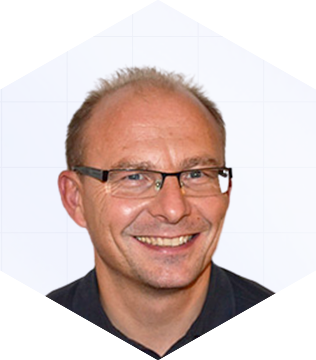DevOps and Safety? SafeOps! – Towards Ensuring Safety in Feature-Driven Development with Frequent Releases
The increasing importance of software and rising level of connectivity of safety-critical products such as vehicles enable continuously improving and adding the functionality. DevOps development principles support such kind of continuous deployment. However, safety-critical products shall fulfill safety standards. In addition, it is impossible to show that a new or updated functionality is safe without considering the entire system. We introduce the SafeOps approach that leverages the DevOps principles automation, feature-driven development, and monitoring during operations to fulfill the requirements of the ISO 26262 when iteratively extending and improving safety-critical products. We present concepts and existing approaches to increase the level of automation of safety engineering tasks like safety analysis and generation of safety artifacts and we show how the management of these artifacts can be supported. Furthermore, we outline future research questions and propose a first concept to obtain quick and systematic feedback of the quality of the safety concept from the deployed products, enabling to enter the DevOps cycle from a safety point of view.
Watch the recording to know more..
Author

Markus Schweizer
Markus Schweizer is the Project Manager, Central Research, Robert Bosch GmbH. After his study of electrotechnical engineering at the University of Stuttgart his career at Bosch began as software engineer at the airbag development department. Some years later he changed to the transmission control systems development until in 2007 Markus started at Bosch research. There, he lead several projects, all of them were related to software for embedded systems in the automotive domain. Throughout the past few years his focus changed more and more to model based systems and safety engineering. Currently he leads a research activity at Bosch called SafeOps where they want to provide as much automation as possible for the management of safety relevant artifacts and a comprehensive tool support for the creation of those safety artifacts.
